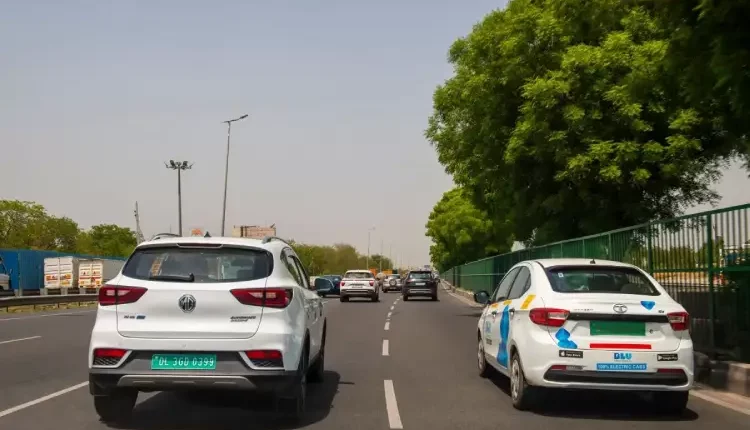New Delhi: Tend to the requirements of EV makers to grow the electric vehicle ecosystem, the centre urged. A report released on Wednesday by the e-mobility, energy storage, and hydrogen industry body, the India Energy Storage Alliance (IESA), said the cumulative number of electric vehicles (EVs) on the road is expected to cross 28 million by 2030 in India. As electric vehicle adoption rises, the grid may be under more pressure to provide energy.
The cumulative sale of EVs in India has crossed the 4.1 million-unit mark in FY 2023-2024, according to the IESA, and the sales projection for the future brings hope. The growth is fuelled by the rise of environmental consciousness, consumer interest, rapidly developing battery technology, and increasing availability of feasible EV charging infrastructure.
According to IESA, of the annual sales, 83 percent would be electric two-wheelers, 10 percent would be four-wheelers and commercial vehicles, such as trucks and buses, and 7 percent would be three-wheelers.
India has now picked up pace in its decarbonisation journey while the EV sales are growing at a rapid rate driven by demand and supply-side incentives, growing consumer demand, and no lack of plans in developing the charging infrastructure.
IESA’s interim president, Vinayak Walimbe, observed that India’s electricity consumption exceeded 1,543 TWh (trillion watt-hours) in FY 2023-24, a 7 percent YoY growth. He said, “Power consumption at public charging infrastructure was 465 GWh during the period from April to October 2024, more than double the 204 GWh recorded in 2022-2023, as per estimates by the Central Electricity Authority (CEA).”
Since the majority of EV usages will still be for home charging, IESA has estimated that in FY 2024-2025, energy demand for powering EVs will reach its maximum level and amount to 4,000 GWh, and that it will reach 38 TWh within another seven years in FY 2031-2032; peak power demand will also be seen to be 366.4 GW.
So, the National Electricity Plan is a 10-year roadmap necessary for formulating further plans and ensuring energy security—prepared by the Ministry of Power. India is the third largest producer and consumer of electricity in the world.
According to IESA estimates, the total annual demand on the Indian power grid is expected to reach a value of 2,133 TWh by 2031–32, as per the National Electricity Plan, with EV charging accounting for around three percent of that demand. According to the IESA report, India requires 900 GW of total installed capacity in 2032, up from 466 GW in January 2025.
The aim of this plan is to fast-track the creation of EV charging infrastructure to meet eventual EV charging demand, with a goal of just shy of one lakh charging points by 2030.



Comments are closed.